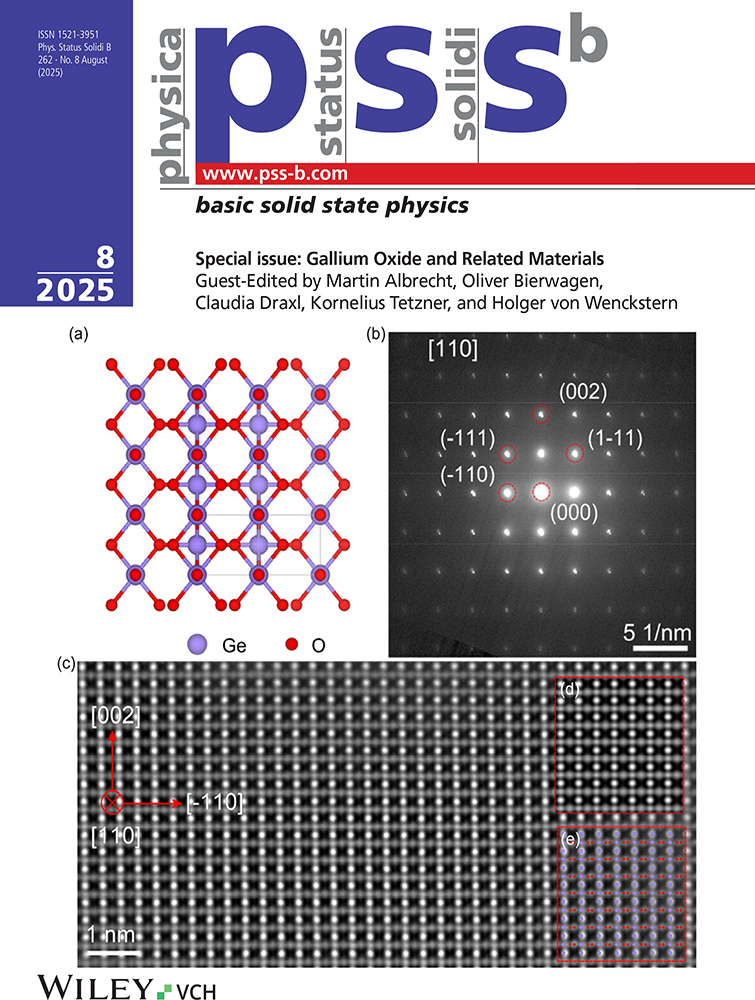Investigation of Oxygen-Related Luminescence Centres in AlN Ceramics
Abstract
The structure of oxygen-related luminescence centres in nominally undoped and Y2O3 doped AlN ceramics was investigated by electron paramagnetic resonance (EPR), electron nuclear double resonance (ENDOR) and optically-detected EPR. The photoluminescence-detected EPR lines having g-values of 1.990 and 2.008 were assigned to a recombination between neighbouring donor and acceptor pairs. The two EPR lines at g = 1.987 and 2.003 detected via the recombination luminescence in the afterglow are thought to be due to a recombination between the same, but distant donor and acceptor pairs. The donor was previously speculated to be an electron trapped on an oxygen impurity which substitutes for a nitrogen on a regular lattice site. The defect structure of the acceptor was established by ENDOR to be a hole trapped on an ON–vAl complex (ON oxygen on a regular N site, vAl Al vacancy). The measured superhyperfine interaction is caused by two equivalent 27Al nuclei both with a = ±27.0 MHz.




